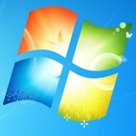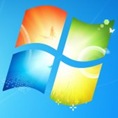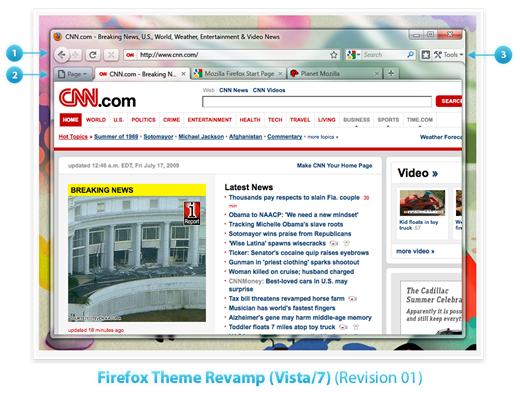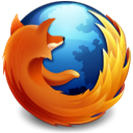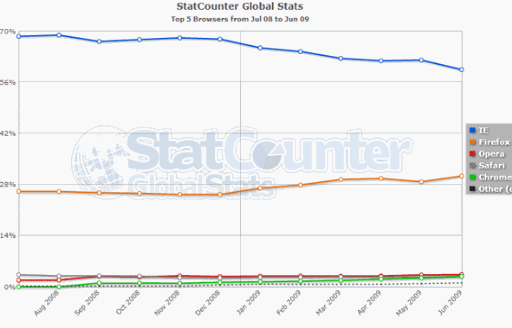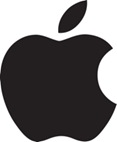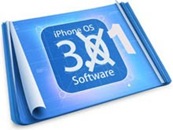 It turns out that all those rumors of an operating system from Google to go against Windows have managed to come true. Having released the Google Chrome browser just nine months ago, it was a natural step in the evolution of the Mountain View-based company to dig and bury itself deeper on the desktop, going beyond producing a competitor for Internet Explorer, to providing a self-sufficient standalone equivalent to the IE and Windows bundle. And ultimately to offer a platform designed to rival Windows. For this, Google has turned to the all-time anti-Windows favorite platform, Linux. At the same time, the search giant's focus with the new OS will be its Chrome browser. The result? Google Chrome Operating System (Google Chrome OS), planned for availability in 2010.
It turns out that all those rumors of an operating system from Google to go against Windows have managed to come true. Having released the Google Chrome browser just nine months ago, it was a natural step in the evolution of the Mountain View-based company to dig and bury itself deeper on the desktop, going beyond producing a competitor for Internet Explorer, to providing a self-sufficient standalone equivalent to the IE and Windows bundle. And ultimately to offer a platform designed to rival Windows. For this, Google has turned to the all-time anti-Windows favorite platform, Linux. At the same time, the search giant's focus with the new OS will be its Chrome browser. The result? Google Chrome Operating System (Google Chrome OS), planned for availability in 2010.
But while it is increasing its foothold into what is traditionally Microsoft territory, anchoring itself deeper on the desktop, Google argues that it is doing it in order to open up the Cloud to end users. Slapping traditional operating systems, Google revealed that the platforms in existence were all initially adepts of a web-less environment, and the result of desktop-centric designs. This is why the Mountain View company is taking a shot at re-thinking what operating systems are. The Google Chrome Operating System is in this regard what Google referred to as the natural extension of Google Chrome.
Sundar Pichai, VP, Product Management, and Linus Upson, engineering director, explained that Google Chrome OS was catalyzed by feedback from customers. “We hear a lot from our users and their message is clear — computers need to get better. People want to get to their email instantly, without wasting time waiting for their computers to boot and browsers to start up. They want their computers to always run as fast as when they first bought them. They want their data to be accessible to them wherever they are and not have to worry about losing their computer or forgetting to back up files,” Pichai and Upson stated.
The promise with Google Chrome OS is that the focus will be on delivering a platform that will integrate seamlessly with hardware and software, requiring minimal user intervention when it comes down to the setting up and updating processes. Users “don't want to spend hours configuring their computers to work with every new piece of hardware, or have to worry about constant software updates. And any time our users have a better computing experience, Google benefits as well by having happier users who are more likely to spend time on the Internet,” Pichai and Upson revealed.
Introducing the Google Chrome OS
Users should not expect a mammoth Windows-level operating system from Google. Instead, Chrome OS will be a lightweight operating system that, just as the Chrome browser, is an open-source project. The company revealed that it was already negotiating with original equipment manufacturers to have Chrome OS pre-installed on netbooks in the second half of 2010. In this regard, Google promised that, by the end of 2009, it would provide access to the source code of Chrome OS, and that it would approach the open-source community to debut work on the project.
By tailoring Chrome to netbooks, Google is going against Microsoft. The Redmond company currently dominates the netbook market. At the start of June 2009, data provided by NPD revealed that 98% of all the “small notebook PCs” (netbooks) sold via retail channels in the US were pre-installed with Windows (with Windows XP being the favorite OS). But unlike the open-source community, Google has the necessary financial resources and connections to steal territory away from Microsoft.
“Speed, simplicity and security are the key aspects of Google Chrome OS. We're designing the OS to be fast and lightweight, to start up and get you onto the web in a few seconds. The user interface is minimal to stay out of your way, and most of the user experience takes place on the web. And as we did for the Google Chrome browser, we are going back to the basics and completely redesigning the underlying security architecture of the OS so that users don't have to deal with viruses, malware and security updates. It should just work,” Pichai and Upson added.
Google Chrome OS will be tailored to work with both x86 processors but also ARM CPUs. The Mountain View search giant explained the software architecture of the new platform as “Google Chrome running within a new windowing system on top of a Linux kernel.” In this regard, Google already benefits from a mature and fully evolved platform development ecosystem. The company explained that applications wouldn't be developed for the Google Chrome OS but for the Internet. Chrome OS will do nothing more than run the Chrome browser, which in its turn will run Cloud applications.
“All web-based applications will automatically work and new applications can be written using your favorite web technologies. And of course, these apps will run not only on Google Chrome OS, but on any standards-based browser on Windows, Mac and Linux thereby giving developers the largest user base of any platform,” Pichai and Upson promised.
source: www.softpedia.com
 According to The Register, Intel plans to deploy Windows 7 on its employee's computers. When asked at a Technology Summit with reporters and analysts in San Francisco whether the company would wait until service pack 1 to deploy Windows 7, Intel's EVP and chief sales and marketing officer Sean Maloney said, "This time I think we'll go faster."
According to The Register, Intel plans to deploy Windows 7 on its employee's computers. When asked at a Technology Summit with reporters and analysts in San Francisco whether the company would wait until service pack 1 to deploy Windows 7, Intel's EVP and chief sales and marketing officer Sean Maloney said, "This time I think we'll go faster."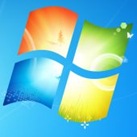

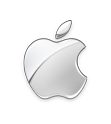 AppleInsider reports
AppleInsider reports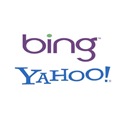



 The Financial Times
The Financial Times
